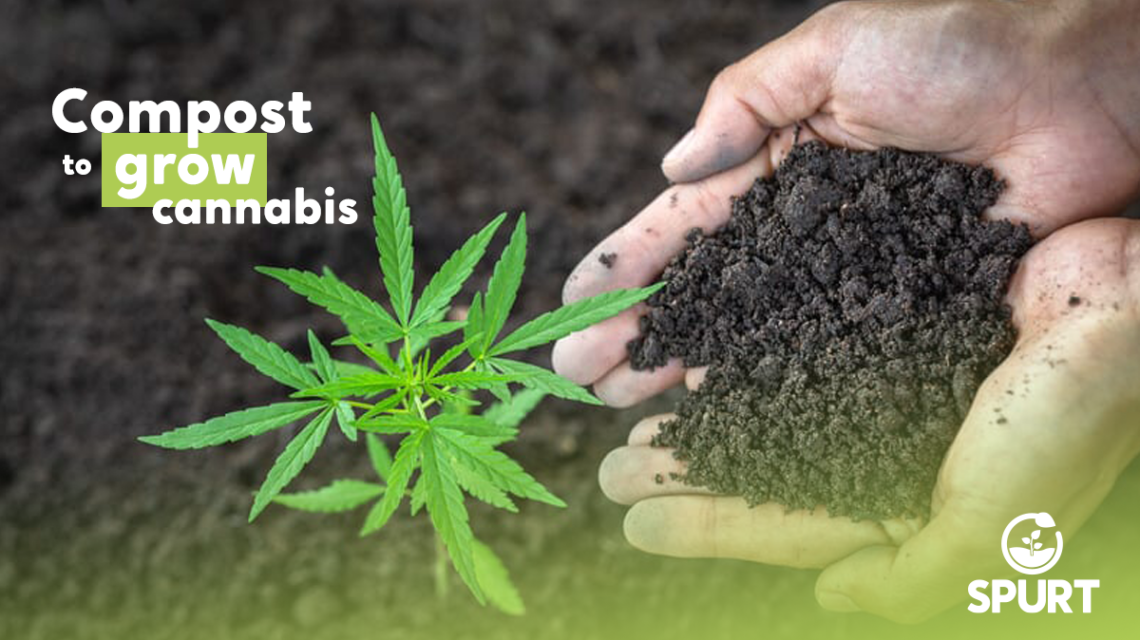Growing cannabis in Michigan is now legal. Growers have limited space and high capital investment but there’s also an increasing interest to grow organically.
Successful crops depend on high rates of fertilizers and irrigation water to keep plants green and buds big. According to Biocycle magazine, cannabis is often grown indoors under artificial light. Diseases are of paramount concern and so herbicide and pesticide use is common. Cannabis cultivation is also concentrated. Whereas turfgrass covers about 50 million acres, cannabis cultivation is done on a much smaller land base — likely with a much higher environmental footprint. That is where a chance for compost is. Years of research have shown that growing turfgrass with compost- and biosolids-based soil products gives you a green and lush lawn with a low carbon and water footprint. We can do the same thing for the cannabis industry.
Much of what we know about growing lawns has come from university research. The same currently can’t be said for cannabis. Because cannabis is still considered to be a highly dangerous drug on a federal level there is essentially no research going on in the U.S. Researchers are chomping at the bit to quantify benefits associated with medicinal use.
Commercial growers are very concerned with disease and typically dispose of growing media after each harvest. Plants are often grown hydroponically or with bagged mixes. A good quality compost is a good alternative to these methods, not to mention that it is a regenerative substance that is locally made, produced with 100% recycled materials and is completely natural. All this benefits for a fraction of the price that the current products cost.
There is also a desire for growing green in the cannabis industry. An article on compost from Cannabis Training University notes, “Like consumers of produce and other natural foods, cannabis enthusiasts want to use products from natural, healthy sources — and compost may just be the best choice for purely organic cultivation.” Peer review articles tell us that both outdoor and controlled environment cultivation have large and bad environmental and carbon footprints.
Two studies looked at the environmental impact of outdoor cultivation and indoor growing in Northern California — the epicenter of cannabis cultivation before it was fully legalized in the state. Outdoor cultivation used to be done on forestlands using water illegally taken from streams and creeks. It was also done with very high rates of fertilizer and herbicides. Now that growing is legal, some of those impacts have likely been reduced. Energy use for indoor growing in two counties in California accounted for the carbon footprint equivalent to 1.7 million households. Production and distribution related energy costs emitted 4 million tons of CO2.
Here in Michigan, we can work with cannabis growers to reduce their environmental footprint and even improve product quality, with the certification of the US Composting Council to ensure the compost used is fee of chemicals and high in organic matter.


